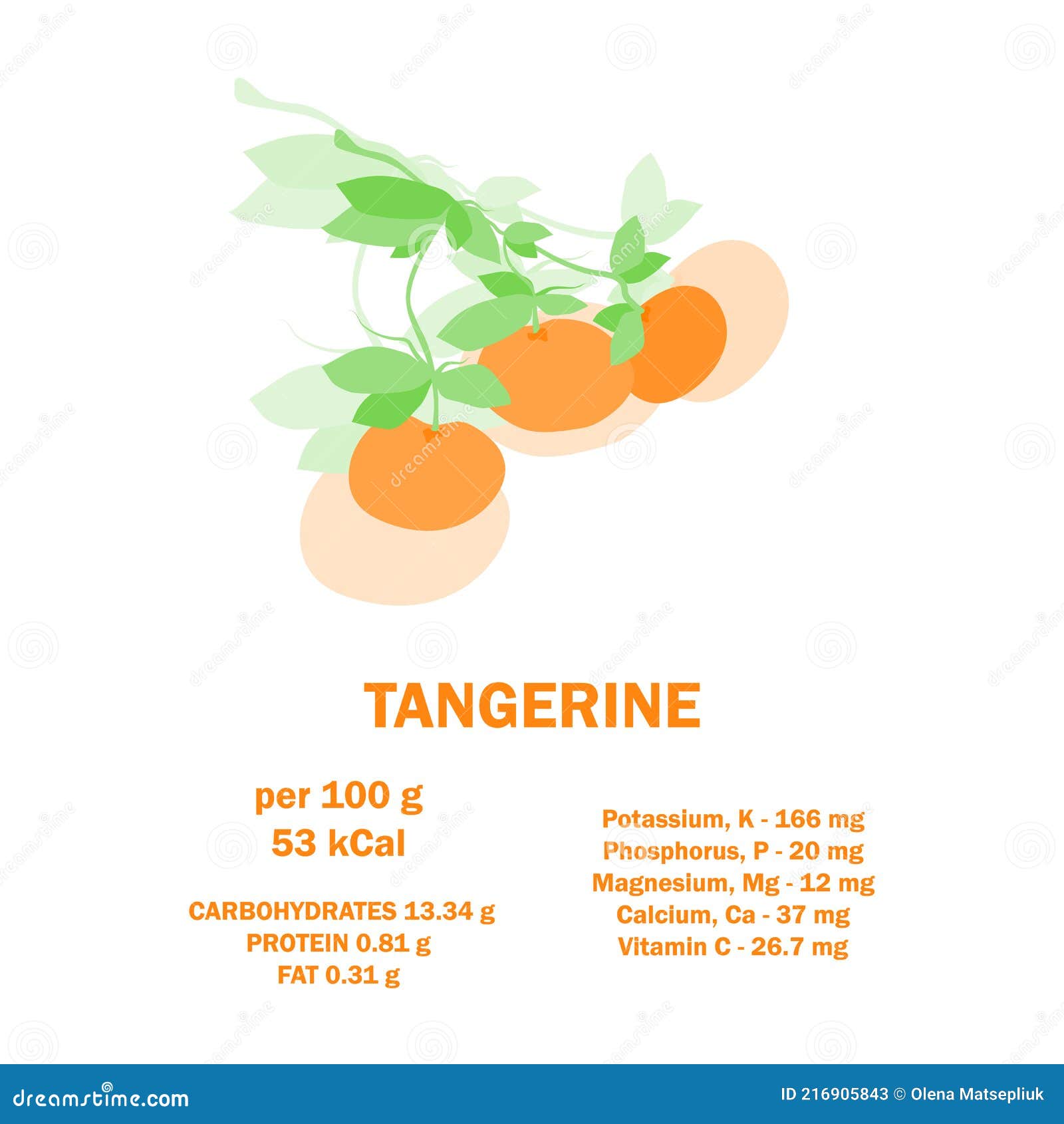
Try it: This beet, apple, and raspberry salad with herbed millet is loaded with filling, digestion-friendly fiber. Bonus: Raspberries are also a great source of vitamin C. The colon cancer connection makes especially good intuitive sense, she adds, since the fiber in the fruit feeds good bacteria in the gut, which then produce organic acids, which then feed the cells that protect the colon's lining. Shetreat believes that berries as a complementary therapy for cancers of the colon, prostate, and breast looks promising.
Calories in a tangerine free#
Researchers believe that the fruit phytochemicals stimulate our own enzyme defenses that neutralize cellular waste products known as free radicals, which, left unchecked, promote cellular deterioration and lead to cancerous mutations.Īdmittedly, most of the berry/cancer research has measured the effect of a berry extract on human cancer cells in a test tube. They're packed with fiber (8 grams per cup-that's about a third of your daily needs!), contain a variety of phytonutrients, and their net antioxidant effect is, gram for gram, second only to herbs and spices.Īdditionally, a 2011 study 3 showed that consuming 60 grams of black raspberry powder slowed the growth rate of colorectal cancer cells and the blood vessels that supply them in two to four weeks. With a quick scan of this list, it's safe to say berries are the equivalent of leafy greens in the vegetable world. Buying organic frozen fruits is great, too, as they're frozen at peak freshness. Buying locally grown vegetables from a farmers market or food co-op is great for this reason but not essential. All fruits lose nutrients over time, too, so it's important to eat them while they're fresh.

Plus, you'll be steering clear of literally hundreds of pesticides. Organic fruits and vegetables have also been shown to contain, on average, 20 to 40 percent more antioxidants 2 than their conventionally grown counterparts-so if you do opt for organic, any of the choices below will be even healthier. Much like phytonutrient pigments, these tart compounds often indicate a richer storehouse of micronutrients and phytonutrients that function as powerful antioxidants.
Calories in a tangerine skin#
Colorful is good, the deeper the better. The fruit's immune system lies in its skin in the form of dark phytonutrient pigments.Whether the goal is to limit carb intake, count calories, or simply try to eat more whole food, the calorie chart will pinpoint which fruits best fit into your healthy eating plan. Fresh fruits are not sold with nutrition facts. It’s important to recognize that the high-fat fruits have greater calorie density since a gram of fat has over double the calories of a gram of protein or carbohydrate. Fruits are all said to have good nutritional value since they contain a lot of vitamins and minerals per serving, and varieties like avocados and coconuts contain healthy fats. Regardless of this difference, most fruits are considered to be low-calorie foods.

This means the amount of glucose and fructose – natural fruit sugars – varies depending on the type of fruit for example, bananas and figs are high in sugar and taste very sweet, whereas lemons and cranberries are known for a tart flavor due to low sugar content.

The carbs, however, are not all the same and are usually a mix of complex carbohydrates (i.e., made of three or more bonded sugars) and simple carbohydrates (i.e., simple sugars).

All fruits are mostly made of carbohydrates, although calories in fruit can also come from fats and small amounts of protein.


 0 kommentar(er)
0 kommentar(er)
